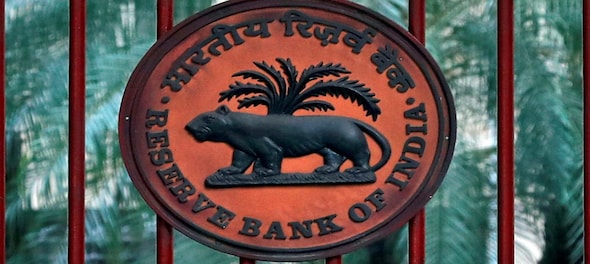
Typically, households tend to save more during periods of slowdown, income uncertainty. But if one is to go by the latest study published by India's central bank, household liabilities peaked in the last quarter of the year ending March 2020.
“Households’ gross financial liabilities turned negative in Q1:2019-20 owing mainly to a contraction in borrowings from commercial banks, but picked up thereafter and peaked in Q4:2019-20, reflecting apart from the seasonal uptick, higher borrowings induced by COVID-19 related hardships” a study by the RBI showed.
On the liabilities side, a significant decline in the share of borrowings from the banking sector in total liabilities during FY20 reflected the economic slowdown and risk aversion of banks.
“COVID-19 related uncertainties, have resulted in an outflow from mutual funds and a flight to currency holdings. Going forward, a spike in net financial assets of households is likely in the first quarter of 2020-21 on account of a sharp drop in lockdown induced consumption” noted the RBI study.
It added that lags in the pickup of economic activity may cause the financial surplus of households to taper off in subsequent quarters. With construction activity at a standstill, there is a possibility of a shift by households from physical to financial assets.
Borrowings from commercial banks have the highest share in households’ financial liabilities, as per RBI’s study. At the end of March 2020, outstanding loans availed by households from commercial banks accounted for the bulk of their total financial liabilities. The study pointed out that loans from commercial banks formed 75.9 percent of household liabilities, followed by the HFCs, NBFCs, cooperative banks, and credit societies.
In India, the household sector contributes around 60 percent of gross savings in the Indian economy, and so remains the major supplier of financial resources for investments. The last available data from the National Statistical Office (NSO) showed that households’ savings had declined to 6.5 percent of GDP in FY19 from 7.7 percent in FY18 and 7.4 percent in FY17.
“Households are the main suppliers of the financial resources to other sectors of the economy. Their role is likely to become critical in the context of the ongoing slowdown and, more recently the life-threatening COVID-19 pandemic,” the study noted.
After moderating in FY19, the net financial assets of Indian households gathered pace in FY20 touching 7.7 percent of GDP. “The improvement has occurred due to moderation in household bank borrowings being sharper than those in bank deposits,” the study said.
In India, both financial assets and liabilities of households remain bank-centric, with some shift in favour of mutual funds and insurance in recent quarters, the RBI study showed.
Financial liabilities of Indian households stood at Rs 6.01 lakh crore at the end of FY20. While the March 2020 borrowing is lower compared to the previous two years, it was the highest borrowing in a quarter for FY20.
Households borrowed Rs 2.16 lakh crore in Q3, Rs 1.38 lakh crore in Q2 and Rs (-) 0.18 lakh crore (negative borrowing) in Q1. The March quarter borrowing, in comparison, stood at Rs 2.64 lakh crore.
First Published: Jun 10, 2020 9:24 PM IST
Check out our in-depth Market Coverage, Business News & get real-time Stock Market Updates on CNBC-TV18. Also, Watch our channels CNBC-TV18, CNBC Awaaz and CNBC Bajar Live on-the-go!


Kannauj Lok Sabha elections: Can ex-UP CM Akhilesh Yadav reclaim this erstwhile SP bastion?
May 12, 2024 11:32 PM
Khunti Lok Sabha Elections 2024: Arjun Munda and Kali Charan to lock horns in this clash of tribal leaders
May 12, 2024 8:59 PM
Malkajgiri Lok Sabha election: A three-way contest among turncoats
May 12, 2024 8:45 PM

